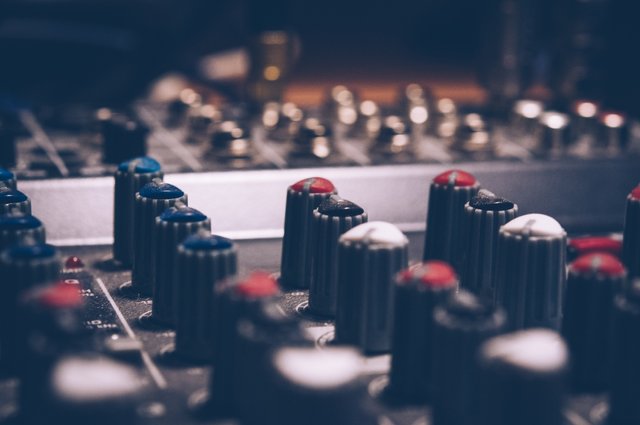
I cannot stress how important that is. Mixing is all about setting levels. EQ, compression, reverb and effects are just polishing and fine-tuning. Setting levels right is critical for the quality of your final mix.
You need to be able to hear all the instruments, yet give them each a place, because not all instruments are important.
Play with just the volume faders, and try to achieve a good balance between the instrument. Don’t touch any panning knob, don’t use any plugins. Just volume faders. This is real core mixing.
Personally, I tend to put the drums, bass, and vocals a little more upfront because they carry the rhythm and lyrics of the song. When listening to music, you sing along, and bob your head to the drums and bass, so I try to mimic that when mixing.
Oh, and don’t forget to leave some headroom! Your mix should not clip. Don’t be afraid to turn your tracks down, and turn your speakers up.
Also make sure you’re in mono. The easiest way to go mono is to hit the mono button on your interface, or to pan everything in the center.
By this point, you should have an idea of where you’re going. Are you going to feature the piano? Does the song need ultra-fat drums? Where will you put the harmonies? Etc…
If you decide now what you want the song to sound like, you’ll know what to do next.
Hi! I am a robot. I just upvoted you! I found similar content that readers might be interested in:
https://www.audio-issues.com/music-mixing/7-simple-mixing-steps/
Downvoting a post can decrease pending rewards and make it less visible. Common reasons:
Submit